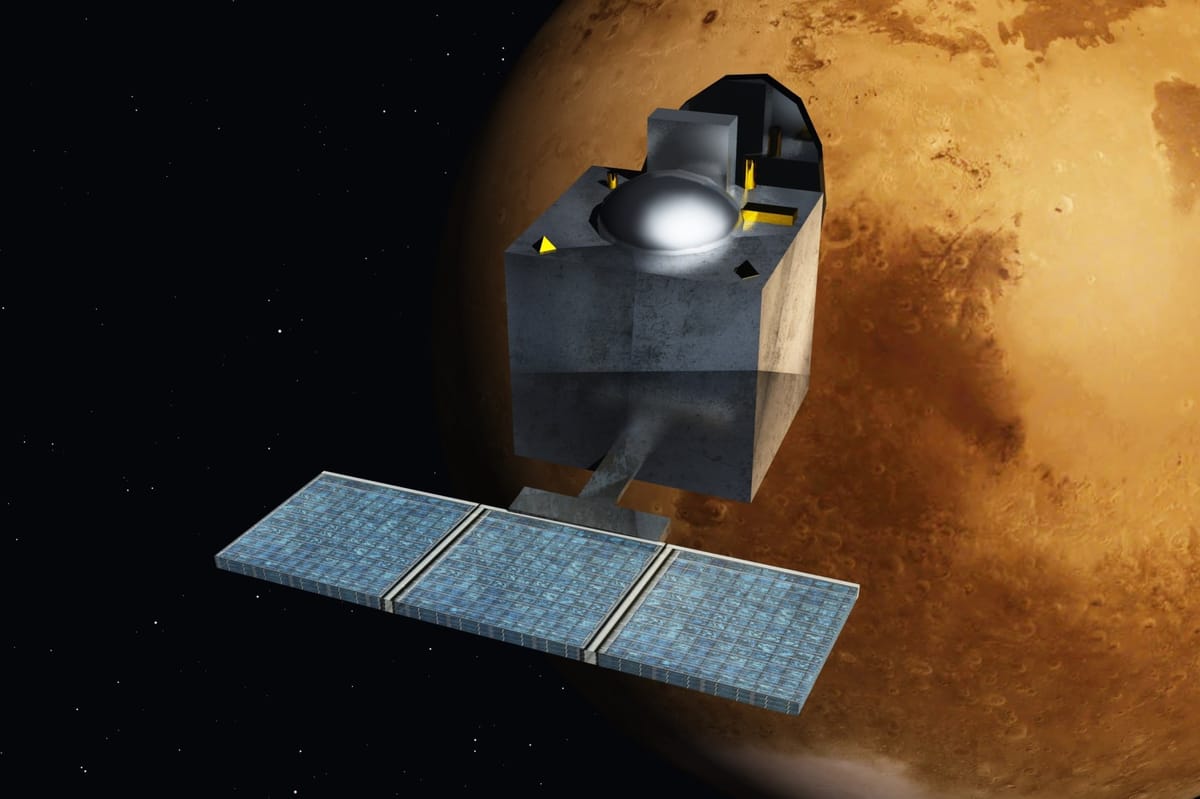My article on Mangalyaan was rejected 8 times but I published it anyway

This is the behind the scenes story of my article on missing science from India’s Mars orbiter.
September 24, 2020 marked the six-year anniversary of India’s Mangalyaan spacecraft entering Mars orbit. Like every year, I expected Indian media outlets to publish articles about the mission’s success. After all, an anniversary is a good time to publish such a story because you get more readers interested on that day.
My article wasn’t positive towards the mission but I still wanted to publish it then because readers would have the mission on their mind. So I started pitching my piece to publications weeks in advance. My pitch was rejected, one after another, by eight publications.
I was pretty frustrated, and disappointed with myself. I couldn’t figure out why the piece wasn’t going through on a single publication. Getting pitches rejected is common for a freelance writer, but this one felt unusual. It seemed to me that the non-positive take on Mangalyaan could’ve been the rejecting factor.
The story felt important to me though. I thought that as a science communicator, I wanted to play my part in clarifying facts and wrong notions about the mission even if it doesn’t reach a large enough audience. So I decided to write the article and self-publish anyway.
It turned out to be one of my most well received pieces, garnering over 70,000 views and hundreds of shares, including from people in the space industry and community. It even got republished by The Wire Science and The Space Review. Most interestingly, the article got a response from two planetary scientists, one of whom used to work at the Indian Space Research Organization (ISRO).
Needless to say, I was glad. But note that it’s not like every story idea that gets rejected can be self-published anyway. Whether or not one gets paid to write a story, they need to put in the same amount of time and effort as publishing any other such article. But the article’s importance to me and ultimately how well it was received made the effort worthwhile despite no pay. Though I’d like to note here that thanks to my supporters, I could afford to take the time to write the article and somewhat get paid for it as a general help for my writing.
I’m sharing this story hoping that fellow writers find it inspiring. If you truly believe that what you have to say is important, say it anyway. Even if you think not enough people will read it.
The other learning is that publications will always filter stories to their preferences, goals and whims. That is fair for them but it also means that in order to sustain truly individual voices, society needs to support independent writers as a culture. I sometimes think about the sheer number of articles never written because of lack of financial incentives, and shiver.
→ Browse the Blog | About | Donate ♡
